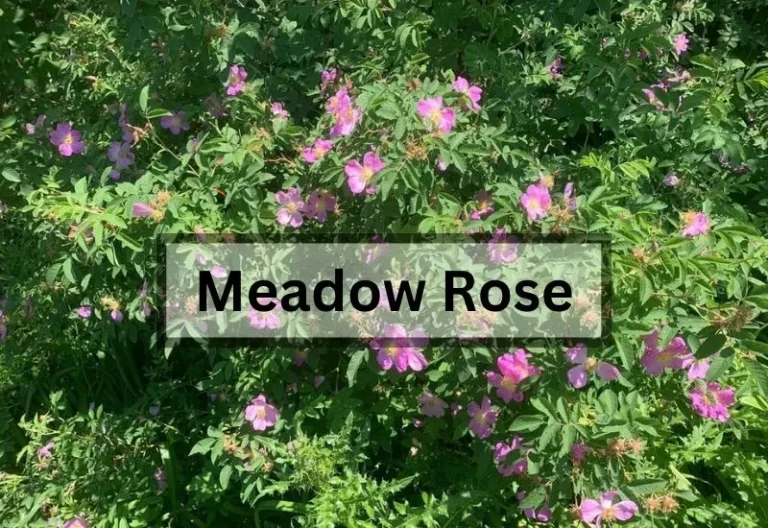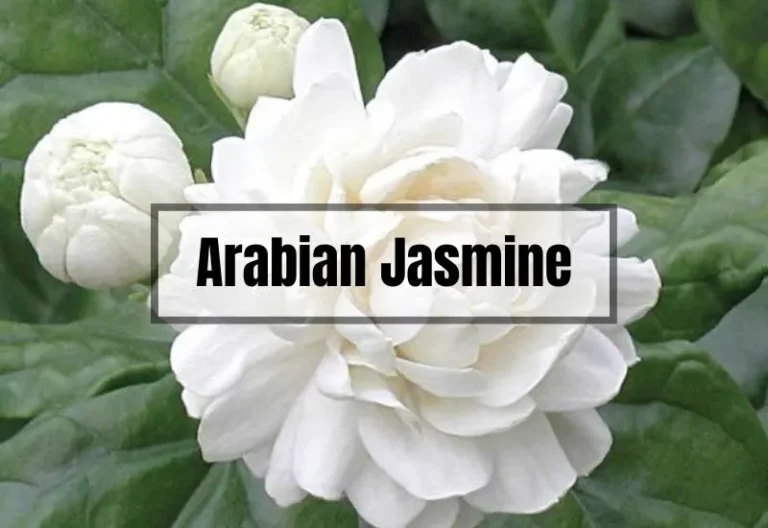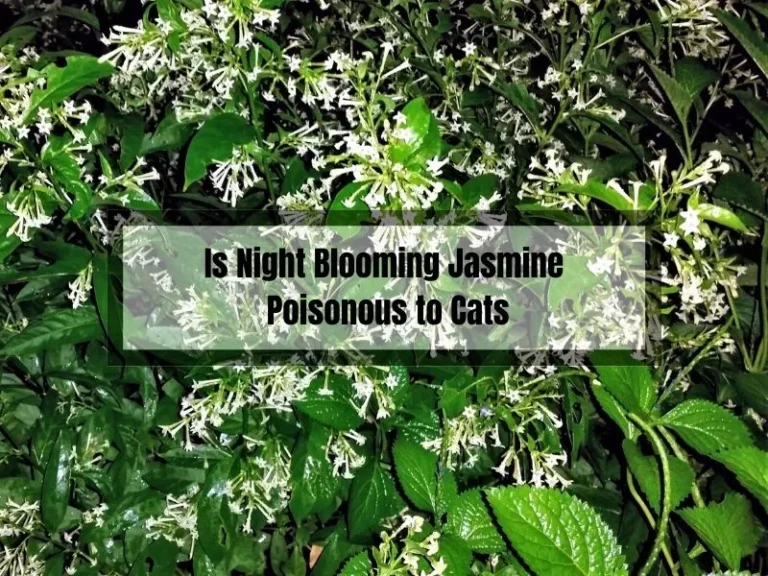The Ultimate Guide to Helianthus Debilis: Everything You Need to Know
Get ready to discover the ultimate garden superhero: Helianthus debilis, also known as the Beach Sunflower or East Coast Dune Sunflower. This tough and resilient plant can withstand even the harshest conditions while adding a burst of color to your outdoor oasis. But there’s so much more to this amazing plant than meets the eye.
In this blog post, we’ll take you on a journey through the fascinating world of Helianthus debilis, exploring its history, uses, and propagation methods. Whether you’re a seasoned gardener or just starting out, you’ll find valuable tips and tricks to help you grow and care for this unique plant.
So, put on your gardening gloves and let’s dive in!
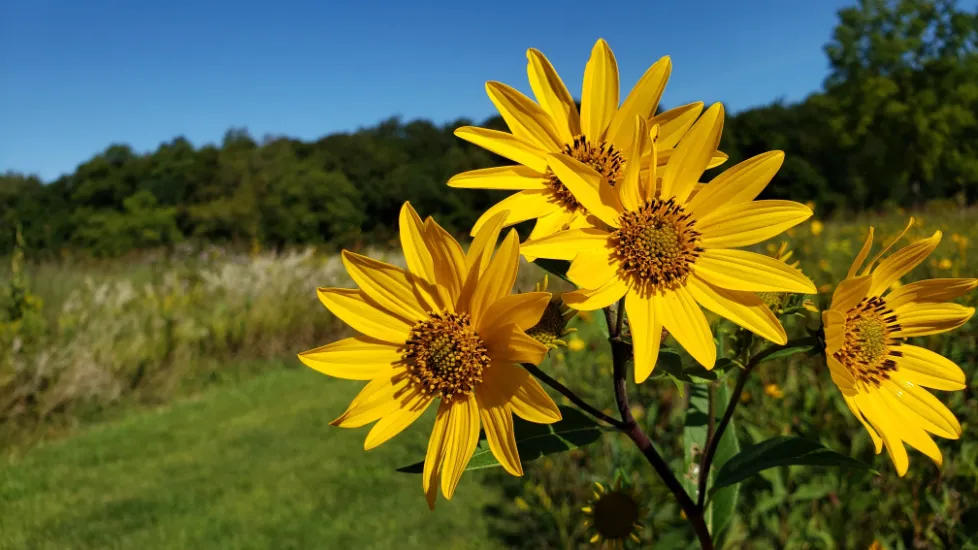
What is Helianthus Debilis
Helianthus debilis, also known as cucumberleaf sunflower, is a species of sunflower that belongs to the Asteraceae family. It is an annual plant that is native to the eastern United States and has become naturalized in many other areas.
The plant grows up to 1.5 meters tall and produces yellow flowers with a dark center. The leaves of Helianthus debilis have a distinct cucumber scent and are usually 3-lobed or palmately divided.
History of Helianthus Debilis
The discovery of Helianthus debilis dates back to the late 18th century when it was first described by botanist Johann Friedrich Gmelin. Over time, it has gained popularity as an ornamental plant, thanks to its unique appearance and distinct fragrance.
Origin of Helianthus Debilis
Helianthus debilis is native to the eastern United States, where it grows in areas with moist soil, such as swamps, wet meadows, and along stream banks. It has become naturalized in many other areas, including Europe, Asia, and Africa.
Helianthus debilis is typically found growing in moist habitats, including wet meadows, swamps, and along stream banks. It thrives in areas with full sun exposure and requires regular moisture to grow and thrive.
Historical Background of Helianthus Debilis
Helianthus debilis has a long history of use as an ornamental plant. It was first cultivated in the late 18th century and has since become popular in gardens around the world.
The plant’s distinct cucumber scent and unique appearance make it a favorite among many gardeners.
Characteristics of Helianthus Debilis
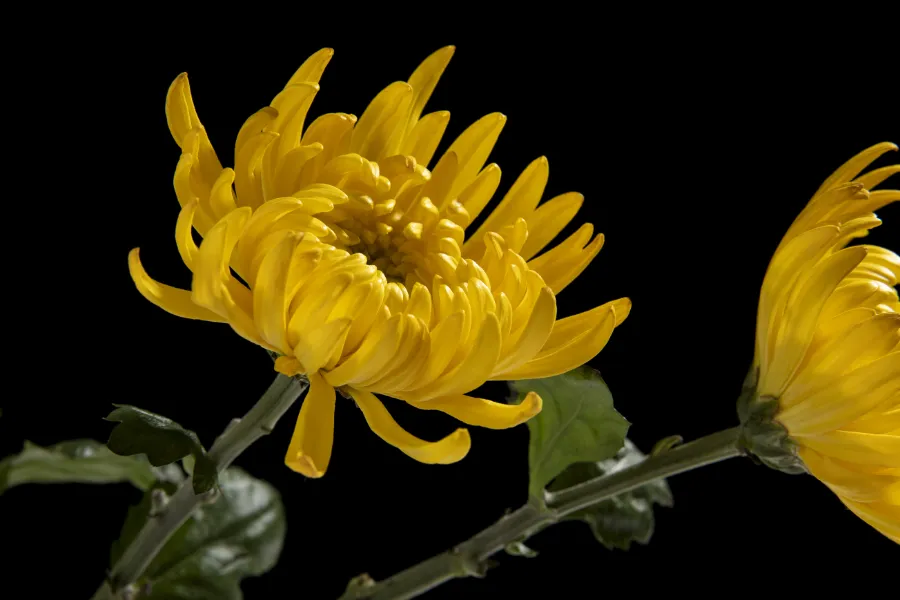
Description of the Physical Appearance of Helianthus Debilis
Helianthus debilis is an annual plant that grows up to 1.5 meters tall. The plant has yellow flowers with a dark center and produces a distinct cucumber scent. The leaves are usually 3-lobed or palmately divided.
Comparison with Other Sunflower Species
Helianthus debilis is distinct from other sunflower species in its physical appearance and cucumber scent. It is also an annual plant, unlike other sunflowers such as Helianthus annuus, which is a perennial plant.
Uses of Helianthus Debilis
Culinary Uses
Helianthus debilis is not commonly used as a food source, but the young leaves and stems of the plant are edible and can be used in salads.
The plant is also used as a medicinal herb and has been used to treat various ailments for centuries.
Medicinal Properties
Helianthus debilis has a long history of medicinal use. Native Americans used the plant to treat respiratory ailments and as a diuretic.
The plant has also been used to treat skin conditions, such as eczema and psoriasis, as well as digestive issues, including indigestion and diarrhea.
Ornamental Use
Helianthus debilis is a popular choice for gardeners and landscapers due to its attractive flowers and hardy nature. It’s often used in coastal gardens and in areas with sandy soil.
The plant can be used to create a natural-looking garden, as it blends in well with the surrounding environment.
Propagation of Helianthus Debilis
Planting Requirements
Helianthus debilis is relatively easy to grow and requires minimal care. It prefers full sun and well-draining soil, making it an ideal choice for gardens with sandy soil. The plant can also tolerate saltwater spray, making it a good choice for coastal gardens.
Seed Propagation
Helianthus debilis can be propagated from seed. The seeds should be sown in the spring, after the last frost, and covered lightly with soil. The plant will germinate within 10-14 days and should be kept moist until established.
Stem Cutting Propagation
Helianthus debilis can also be propagated from stem cuttings. The cuttings should be taken in the spring, just before the plant begins to flower.
The cuttings should be 4-6 inches long and planted in well-draining soil. The cuttings should be kept moist until established.
Care for Helianthus Debilis
Proper care for your Helianthus debilis is essential to ensure optimal growth and productivity. Here are some tips on how to care for your Helianthus debilis:
Watering Requirements for Helianthus Debilis
Watering is a critical aspect of caring for your Helianthus debilis. The plants require adequate moisture to grow and produce healthy flowers. It would be best if you watered your plants regularly, especially during the hot and dry seasons.
However, do not overwater your plants, as this can lead to root rot and other fungal diseases. You can water your plants deeply once a week, depending on the weather conditions.
Fertilizer Application for Helianthus Debilis
Fertilizers are essential for the growth and productivity of your Helianthus debilis. You can use organic or inorganic fertilizers to provide the necessary nutrients to your plants.
Before applying the fertilizer, ensure that you have tested your soil’s pH to determine the type of fertilizer your plants need. You can use a balanced fertilizer with a ratio of 10-10-10 or 20-20-20. Apply the fertilizer at least once a month during the growing season to promote healthy growth.
Pest and Disease Management for Helianthus debilis
Helianthus debilis is generally resistant to most pests and diseases. However, they can still be affected by some common problems. Here are some of the common pests and diseases that can affect your plants:
Common Pests that Attack Helianthus Debilis
Some common pests that can attack your Helianthus debilis include aphids, whiteflies, and spider mites. You can prevent infestations by practicing proper hygiene and using insecticidal soaps or neem oil sprays to control the pests.
Measures to Prevent Pests and Diseases
To prevent pest and disease infestations, ensure that you plant your Helianthus debilis in well-draining soil and provide adequate water and nutrients. You should also remove any dead or diseased plant parts and ensure proper air circulation around your plants.
Treatments for Pests and Diseases
If you notice any pest or disease symptoms on your Helianthus debilis, you should act fast to prevent the spread of the problem. You can use natural or chemical treatments to control the pests or diseases.
If you are using chemical treatments, be sure to follow the instructions on the label and apply the treatment at the right time to avoid damaging your plants.
Harvesting Helianthus debilis
After you have determined that your Helianthus debilis is ready for harvesting, it’s important to choose the right harvesting techniques. Here are some tips to follow:
- Use sharp pruning shears to cut the stem of the flower head as close to the base as possible.
- Place the cut flower heads in a bucket of water immediately after harvesting to keep them fresh.
- Remove any leaves or foliage that may fall below the water level in the bucket, as these can cause the water to become contaminated and decrease the lifespan of the cut flowers.
- Keep the cut flower heads in a cool and dark place to prevent wilting and extend their lifespan.
- Change the water in the bucket every day to keep it fresh and prevent bacteria growth.
Once the cut flowers have reached the desired maturity, they can be arranged in vases or used for other decorative purposes.
Frequently Asked Questions (FAQs)
What is the difference between Helianthus debilis and other sunflower species?
Helianthus debilis is a unique sunflower species that is distinguished by its smaller size and delicate appearance. Unlike some other sunflower species, Helianthus debilis does not have a tall, sturdy stem or large, showy flower head. Instead, it is characterized by its smaller size, delicate petals, and intricate center.
Can Helianthus debilis be grown in containers?
Yes, Helianthus debilis can be grown in containers. However, it’s important to choose a container that is large enough to accommodate the plant’s root system and to use well-draining soil to prevent waterlogging.
What pests and diseases are common in Helianthus debilis?
Common pests that attack Helianthus debilis include aphids, spider mites, and caterpillars. Diseases that can affect the plant include powdery mildew, root rot, and fungal leaf spot. To prevent these problems, it’s important to keep the plant healthy and well-maintained, and to take prompt action if you notice any signs of pests or disease.
Conclusion
In conclusion, Helianthus debilis is a beautiful and versatile sunflower species that has a rich history and a wide range of uses.
Whether you’re interested in culinary or medicinal applications, or simply looking to add a stunning ornamental plant to your garden, Helianthus debilis is definitely worth considering.
By following the proper planting, care, and harvesting techniques, you can enjoy the many benefits of this wonderful sunflower species for years to come.
Related Posts:
- Helianthus Giganteus: Origin, Uses & Propagation
- Grow and Care for the Pale-Leaved Sunflower: Tips, Tricks, and Fun Facts
- Mastering Helianthus Pauciflorus: Expert Tips for a Blooming Success
- Uncovering the Secrets of the Rare Helianthus Schweinitzii Sunflower
- Why are Ants Attracted to Sunflowers? Unveiling Nature’s Connection


